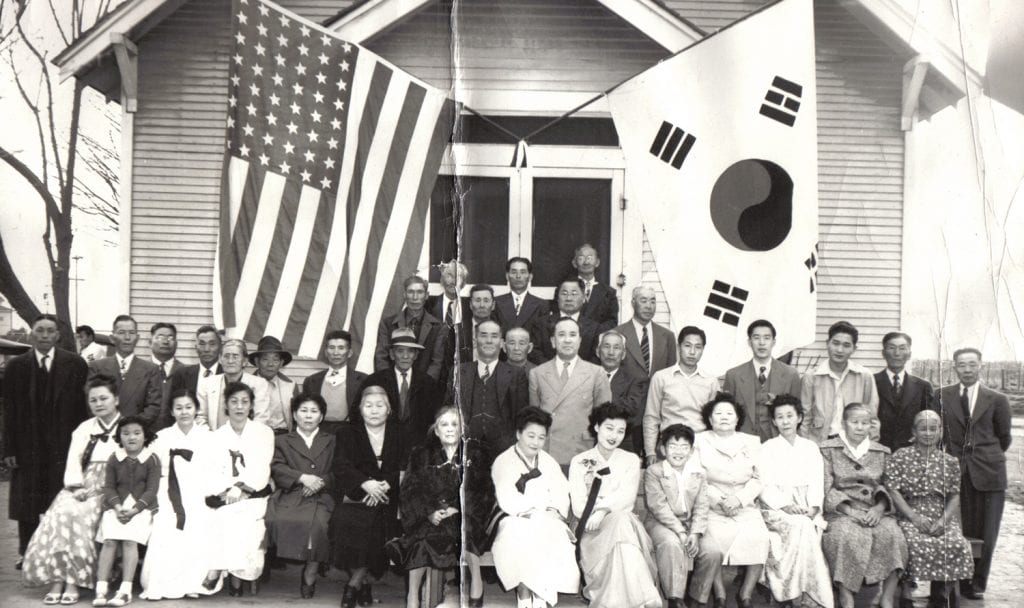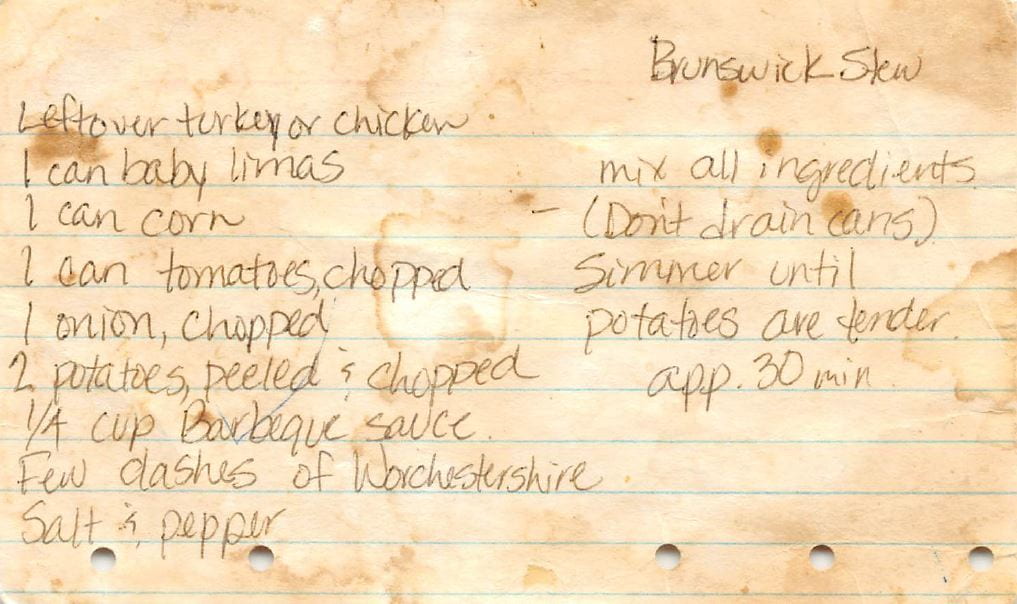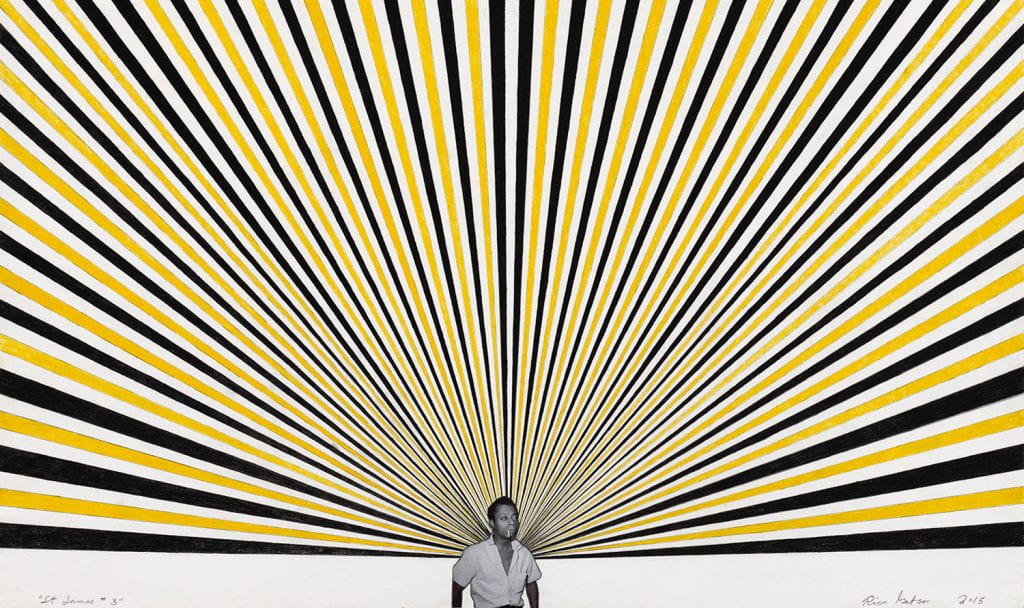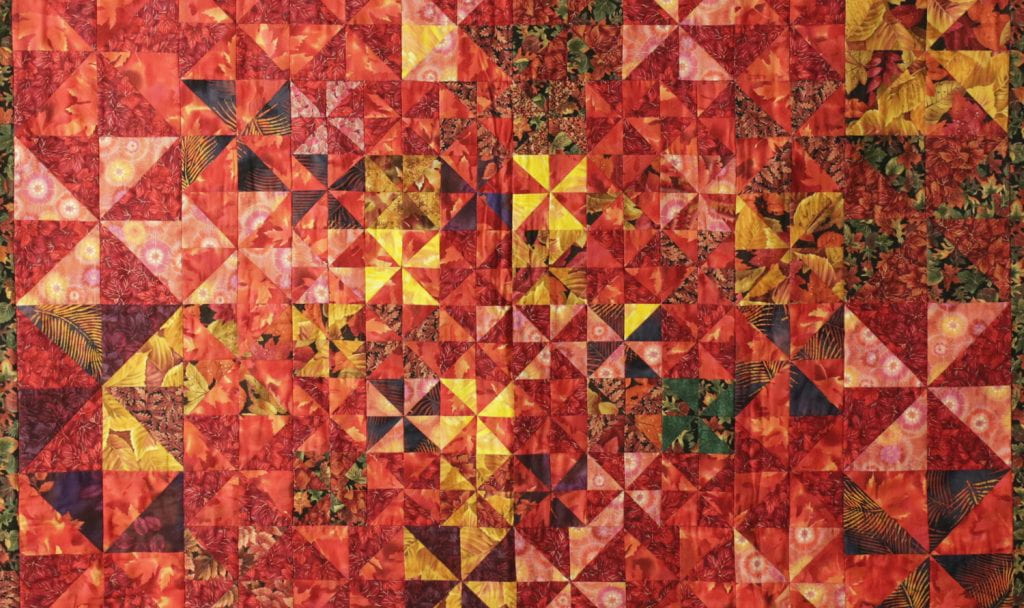
How does home smell, sound, taste, look?
What do you know of the Indigenous peoples whose homelands these were and are?
What is home when a no-knock warrant permits police to enter it while you sleep?
What’s visible or invisible in where you call home?
Hidden drives are invisible paths to dwellings unseen, to residents whose identities and histories are unknown to the average passerby. Hidden drives can also be invisible because they are internal. Inculcated ideas, ingrained systems and structures, deep-seated memories, secret aspirations: These hidden drives influence how we navigate our world, how we see ourselves, how we stage our story.
This collection of essays, interviews, and recipes, centered around artworks—including many from the Mead Art Museum at Amherst College—helps visitors discern these hidden sites and stories and uncover how the unseen plays a pivotal role in scenes of home. How are our perceptions, experiences, and routines of home controlled by forces that might be invisible to some while intensely felt by others? What happens to our sense of home when we start to pay attention to hidden stories—our own and others’?
Uprisings
STEPHEN DILLON — As uprisings against racist state violence swept the United States in the summer of 2020, a question circulated on the evening news and across social media: Why would people destroy their neighborhoods? Read »
When Church and Politics Mixed to Provide “Home”
LILI M. KIM — Korean immigrants in Hawai‘i and the continental United States in the early twentieth century. Read »
Secret Ingredients
SAMANTHA PRESNAL — Recipes that stand the test of time contain a secret ingredient—a story. They are stories of people, places, and moments. Read »
Out of 19,000
ASHLIE SANDOVAL — Out of 19,000 items at the Mead Art Museum, sixty items were labeled in the online database with the words “African American.” Read »
Indigenous Homelands, Maps, and Erasure
ASHLEY ELIZABETH SMITH — From an Indigenous perspective, the land is homeland. The land is home but also a living relative. Read »
Page header image: Jonathan Jackson (American, born 1996), Attic from “The House Servant’s Directory” portfolio, 2019, archival inkjet print. Purchase with Richard Templeton (Class of 1931) Photography Fund. Mead Art Museum, Amherst College.






You must be logged in to post a comment.